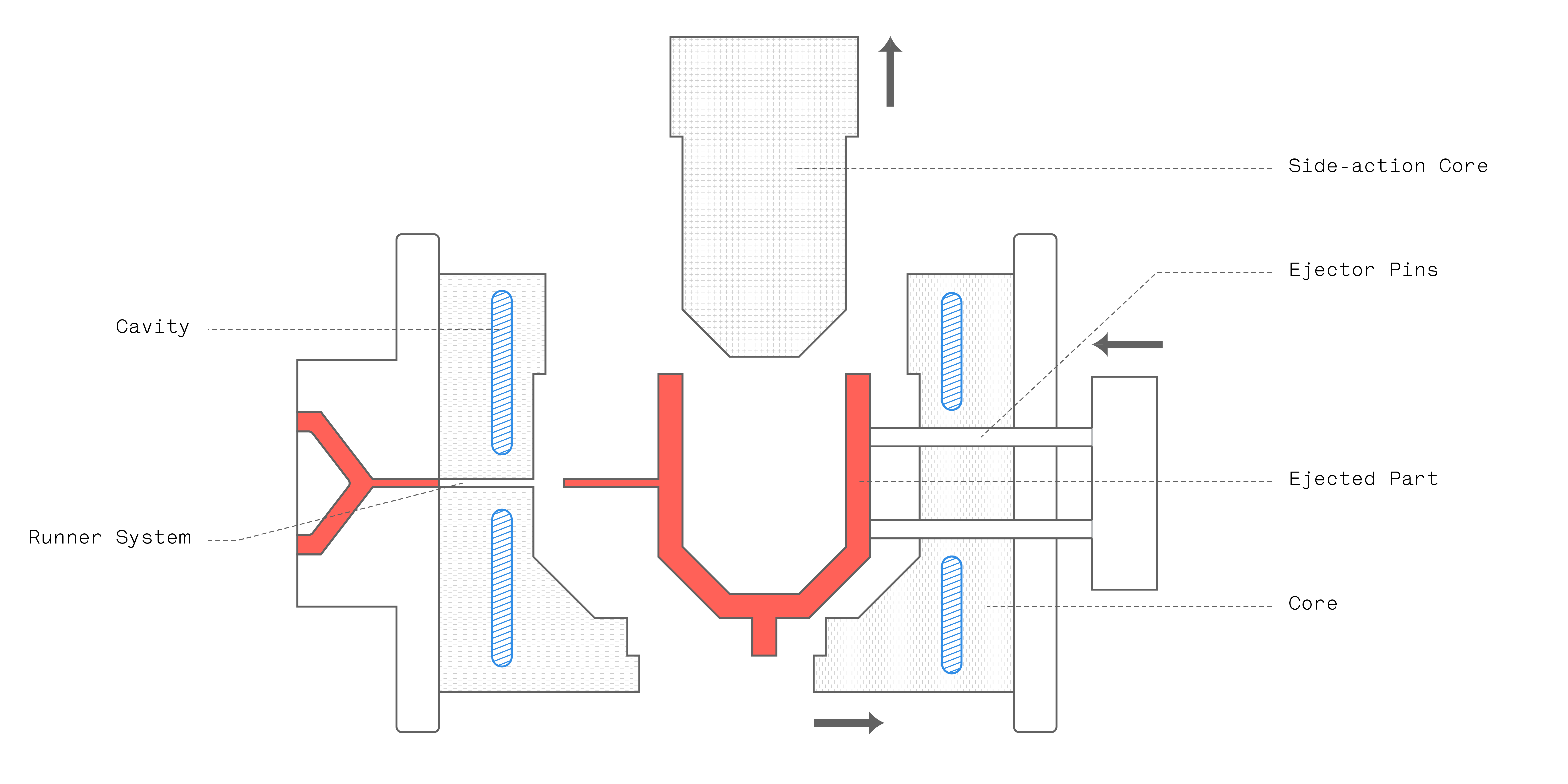The Ultimate Guide to Molds in Injection Molding
Injection molding is a widely used manufacturing process that involves injecting molten material into a mold to form a desired shape. The quality and design of the mold play a crucial role in the success of this process. Molds for injection molding are intricate tools that are essential for producing high-quality plastic parts efficiently and consistently. From simple to complex geometries, molds must be carefully designed to meet specific requirements and ensure optimal production outcomes.
Types of Injection Molding Molds
When it comes to molds for injection molding , there are several common types that serve different purposes within the manufacturing process. Understanding the distinctions between these molds is crucial for achieving desired outcomes in injection molding projects.
One of the most widely used types is the prototype mold, which is ideal for initial testing and design validation. These molds are cost-effective and allow for quick adjustments before moving on to more high-volume production molds.

Another essential type is the production mold, designed for large-scale manufacturing. These molds are durable and capable of handling high-volume production runs with consistency and precision, making them indispensable for mass-producing intricate parts.
Injection molding also utilizes multicavity molds, which have the ability to create multiple copies of a part in a single cycle. This type of mold significantly increases production efficiency by allowing for the simultaneous formation of numerous identical parts.
Design Considerations for Injection Molding Molds
Firstly, it is crucial to consider the material selection for molds in injection molding. The chosen material should exhibit high wear resistance, good surface finish, and be able to withstand high temperatures and pressures. Common choices include tool steel, aluminum, and beryllium copper, each offering specific advantages based on the intended application.
Secondly, the design of the mold should incorporate features that facilitate efficient cooling. Uniform cooling throughout the mold is essential to ensure consistent part quality and reduce cycle times. By incorporating cooling channels strategically within the mold, heat can be dissipated effectively, preventing issues such as warping or sink marks on the final parts.
Lastly, proper venting in the mold design is essential to prevent air trapping during the injection molding process. Inadequate venting can lead to defects like burn marks, bubbles, or incomplete filling of the mold cavities. Strategically placed vents allow gases to escape, ensuring that the molten material can flow smoothly and fill the mold cavities completely, resulting in high-quality parts.
Maintenance of Injection Molding Molds
Regular maintenance of injection molding molds is crucial to ensure optimal performance and quality of molded parts. Proper maintenance involves thorough cleaning of the mold surface to remove any residue or contaminants that can impact the final product. Additionally, inspecting the mold for any signs of wear, corrosion, or damage is essential to address any issues before they escalate.
It is recommended to establish a maintenance schedule to track cleaning and inspection activities. By adhering to a consistent maintenance routine, potential problems can be identified early on, preventing costly downtime and defects in production. Implementing proper storage practices for molds when not in use can also help extend their lifespan and maintain their functionality.
Collaboration between mold technicians and production teams is key to effective mold maintenance. Clear communication regarding any issues or observations during production runs can lead to timely interventions and adjustments to prevent mold-related problems. Overall, investing time and resources in proactive mold maintenance can significantly impact the efficiency and quality of the injection molding process.